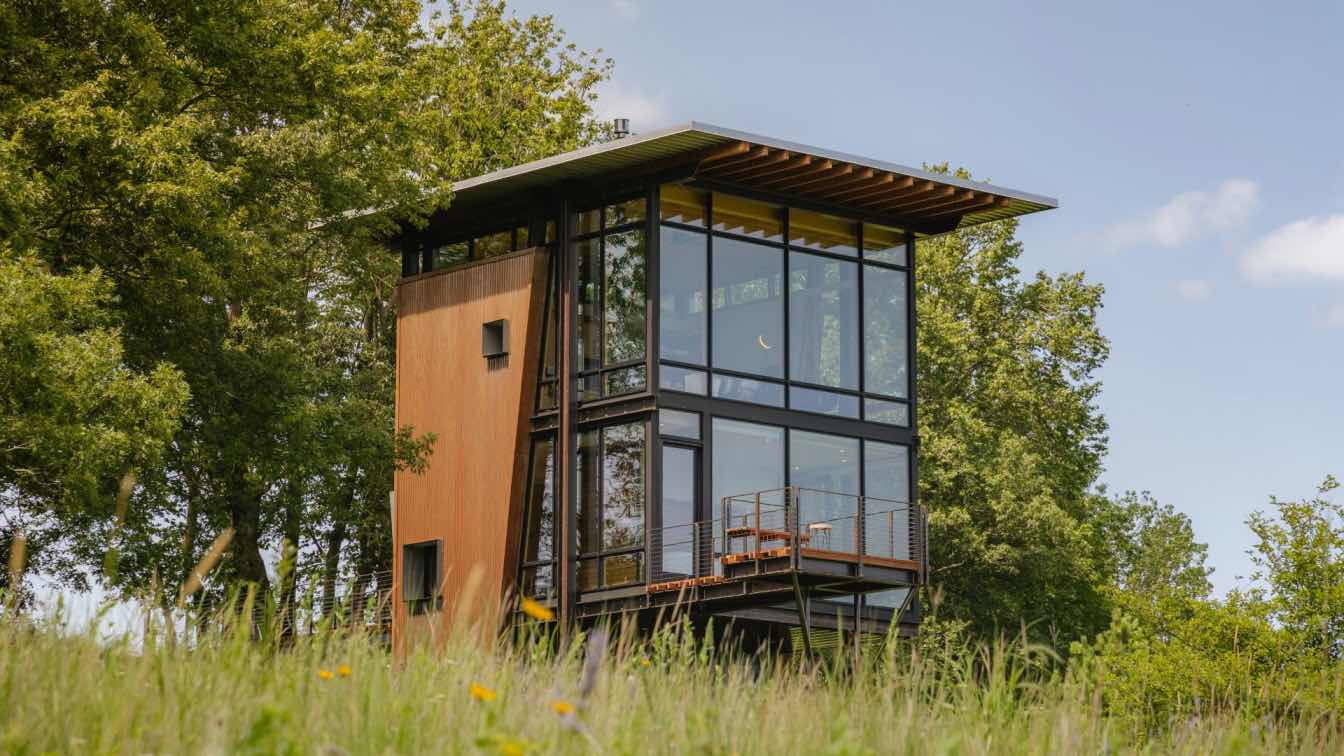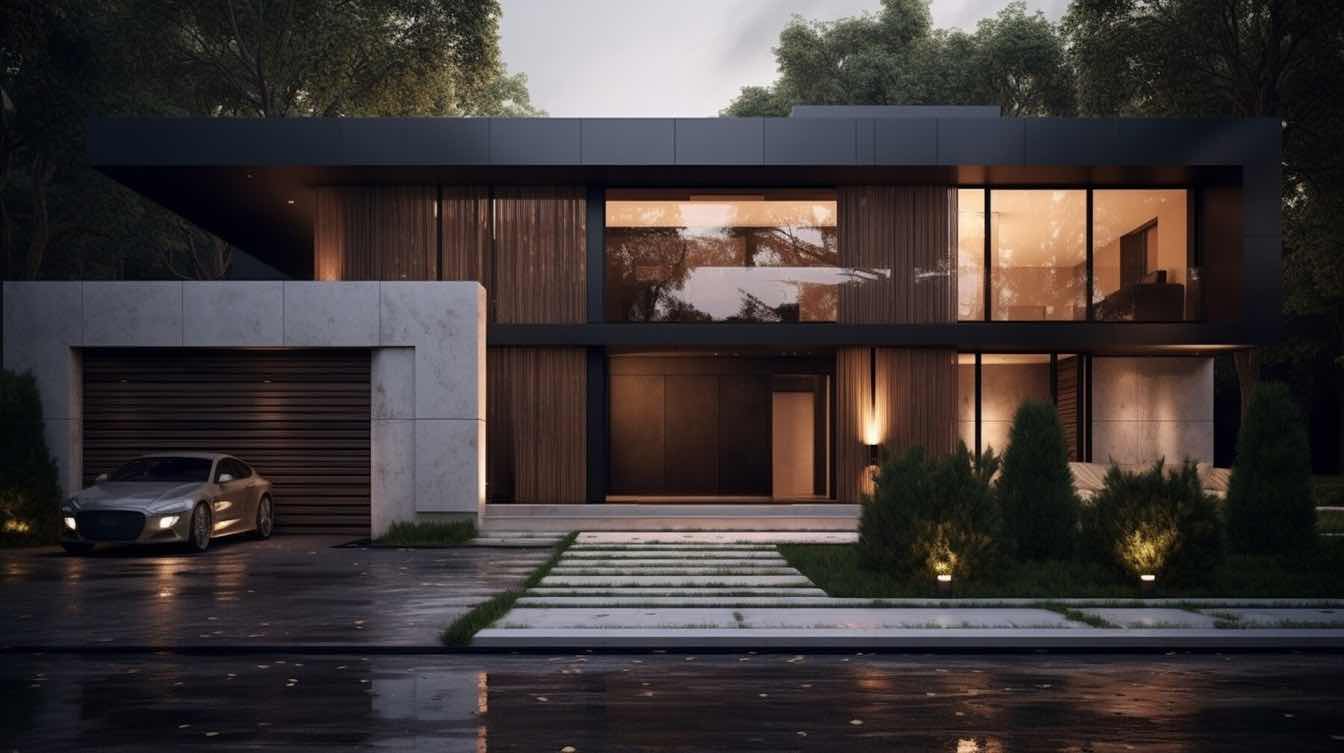Architectural properties are more than just buildings; they are pieces of history, art, and culture. Stephen Vick, a renowned expert in this field, has spent years identifying and investing in such properties, reaping significant rewards.
In this blog, we'll delve into the world of architectural properties, exploring why they make excellent investments, key factors to consider, strategies for finding opportunities, and expert tips from Stephen Vick.
Understanding Architectural Properties
Architectural properties are distinguished by their unique design, historical significance, and aesthetic value. These properties often showcase specific architectural styles, such as Victorian, Georgian, Art Deco, or Modernist, making them stand out in the real estate market.
Notable examples include the iconic Frank Lloyd Wright homes in the United States and the elegant Georgian townhouses in London. These properties are not just structures; they are testaments to the architectural ingenuity of their time.
Why Invest in Architectural Properties?
Investing in architectural properties can yield substantial returns. These properties often appreciate significantly over time due to their unique characteristics and limited availability. They appeal to a niche market of buyers who value history, design, and exclusivity, which can lead to higher sale prices.
Moreover, architectural properties offer emotional and aesthetic appeal. Owning a piece of history can be incredibly satisfying, and many investors take pride in preserving and restoring these unique buildings. This passion often translates into meticulous care and maintenance, further enhancing the property's value.
Key Factors to Consider
Investing in architectural properties requires careful consideration of several factors:
Location: The property's location significantly impacts its value. Properties in historically significant areas or trendy urban neighborhoods tend to appreciate more.
Architectural Style and Historical Significance: The property's architectural style and history can influence its marketability. Buildings with a rich history or unique design elements are often more desirable.
Condition and Renovation Costs: Assessing the property's condition is crucial. Renovation and restoration costs can be high, so it's essential to factor these into your investment calculations.
Market Demand: Understanding current market trends and demand for architectural properties can help gauge potential returns. Properties in high-demand areas or those with unique features tend to sell faster and at higher prices.
Strategies for Finding Investment Opportunities
Finding the right architectural property requires a strategic approach:
Research Historical Districts and Landmarks: Many architectural gems are located in historical districts or designated landmarks. Researching these areas can uncover hidden opportunities.
Network with Experts: Building relationships with architects, historians, and real estate agents who specialize in architectural properties can provide valuable leads and insights.
Attend Auctions and Exhibitions: Auctions and property exhibitions often feature architectural properties. Attending these events can help identify potential investments.
Utilize Online Platforms: Several online platforms specialize in listing architectural properties. These databases can be a valuable resource for finding properties that match your investment criteria.
Challenges and Risks
While investing in architectural properties can be rewarding, it also comes with challenges and risks:
High Maintenance and Restoration Costs: Maintaining and restoring architectural properties can be expensive. It's crucial to budget for these costs and ensure they align with your investment strategy.
Regulatory and Zoning Restrictions: Many architectural properties are subject to strict regulations and zoning laws. Navigating these restrictions can be challenging and may limit your renovation plans.
Market Volatility: The real estate market can be volatile, and architectural properties are no exception. Economic downturns can affect property values and demand.
Limited Buyer Pool: Architectural properties often appeal to a niche market, which can result in longer sale cycles. Patience and a targeted marketing strategy are essential.
Expert Tips from Stephen Vick
Stephen Vick offers valuable insights for navigating the architectural property market:
Thorough Research: Conducting comprehensive research on the property's history, condition, and market trends is crucial. Understanding these factors can help you make informed investment decisions.
Collaborate with Experts: Working with architects, historians, and real estate professionals can provide valuable guidance and expertise.
Preservation Focus: Emphasizing preservation and restoration can enhance the property's value and appeal. Buyers often appreciate the authenticity and historical significance of well-preserved properties.
Patience and Vision: Investing in architectural properties requires patience and a long-term vision. These investments may take time to realize their full potential, but the rewards can be substantial.
Conclusion
Investing in architectural properties provides unique opportunities for substantial returns and personal fulfillment. These properties stand out in the real estate market due to their historical and aesthetic value. By focusing on essential factors, applying strategic approaches, and drawing insights from experts like Stephen Vick, you can successfully navigate the complexities and maximize the potential of architectural property investments.





